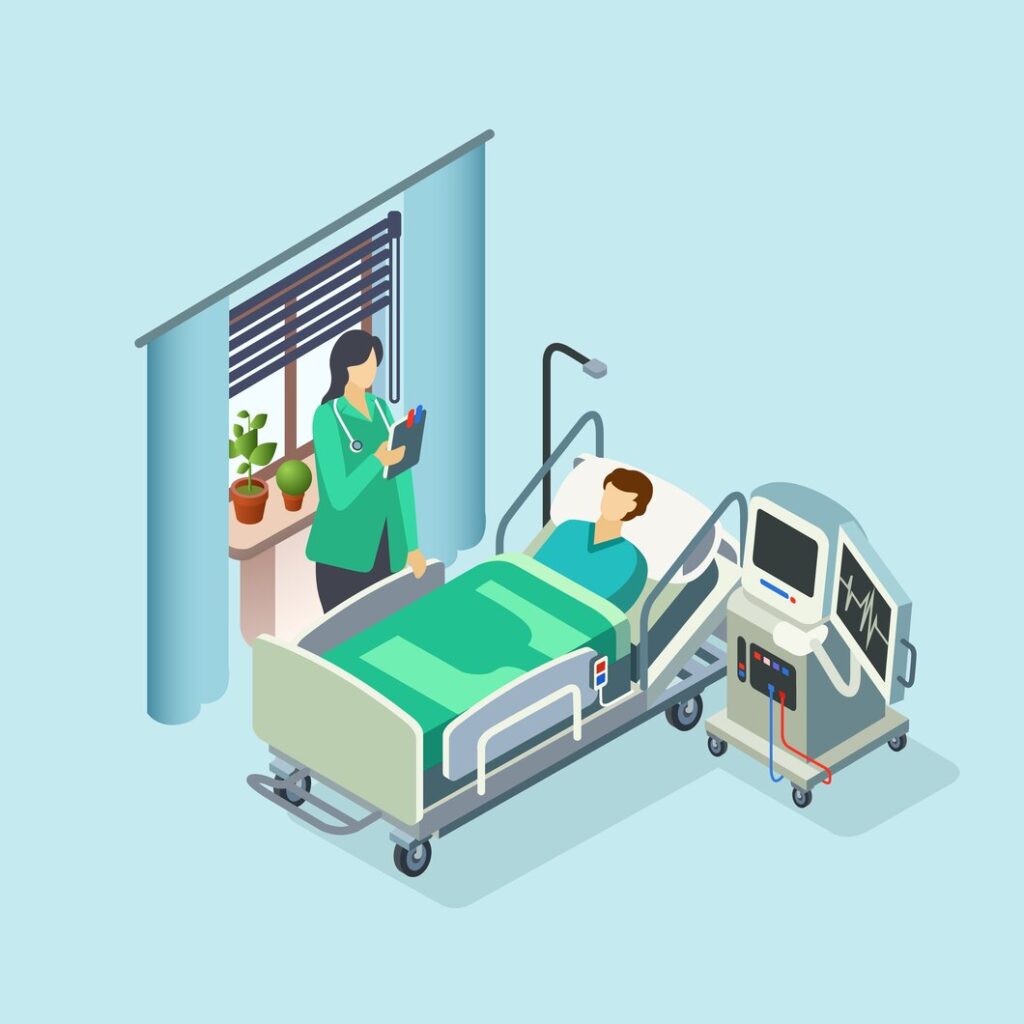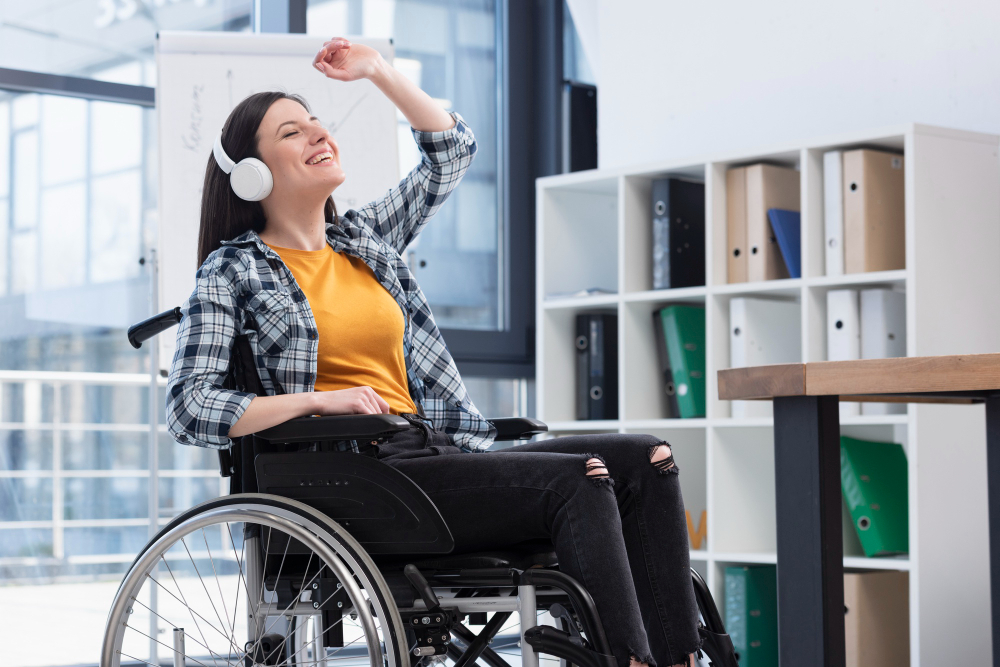Diseases after flood and their prevention;

Overview:
In the aftermath of devastating floods, communities confront not only physical destruction but also a heightened risk of health hazards. Floodwaters, murky and treacherous, harbor a multitude of contaminants that pose serious threats to public health. To navigate this perilous aftermath effectively, it is imperative to grasp the diverse array of diseases and adopt preventive measures promptly.
List of Diseases that Rise After Flood:
- Waterborne Diseases:
- Cholera
- Typhoid fever
- Hepatitis A
- Leptospirosis
- Vector-borne Diseases:
- Malaria
- Dengue fever
- Zika virus
- Respiratory Infections:
- Influenza
- Pneumonia
- Skin Infections:
- Dermatitis
- Cellulitis
- Tetanus
How to Prevent These Diseases:
- Ensure Clean Water Access:
- Boil or treat water before consumption.
- Use water purification tablets or filters.
- Maintain Hygiene Practices:
- Regular handwashing with soap and clean water.
- Disinfect surfaces and utensils frequently.
- Manage Waste Properly:
- Dispose of waste in designated areas.
- Avoid contact with sewage-contaminated water.
- Vector Control:
- Eliminate stagnant water sources to prevent mosquito breeding.
- Use insect repellents and bed nets to ward off vectors.
Signs and Symptoms:
- Waterborne Diseases:
- Diarrhea
- Nausea and vomiting
- Abdominal cramps
- Vector-borne Diseases:
- Fever
- Headache
- Body aches
- Coughing
- Shortness of breath
- Chest pain
- Skin Infections:
- Redness and swelling
- Pain or tenderness
- Discharge or pus
- Tetanus:
- Stiffness in jaw muscles (lockjaw)
- Muscle spasms
- Difficulty swallowing
Preventative Measures Against Floodwater Contamination:
- Stay out of Floodwater:
- Floodwaters comprise various hazardous elements, including downed power lines, waste, and contaminants. The safest approach is to avoid contact altogether.
- Take Immediate Action if Exposed:
- Wash thoroughly with soap and clean water if contact occurs. Alcohol-based wipes or sanitizer can suffice in the absence of soap.
- Attend to wounds promptly and seek medical attention if necessary.
- Launder clothes contaminated by floodwater with hot water and detergent before reuse.
- Protective Gear:
- If entry into floodwater is unavoidable, equip oneself with rubber boots, gloves, and goggles to minimize direct contact.
Prevent Injuries:
- Floodwater often harbors sharp objects that can cause injury and subsequent infection. Promptly address wounds with first aid to prevent complications.
Managing Tetanus Risk:
- Tetanus poses a significant threat in flood-ravaged areas. Seek medical advice for tetanus booster shots if wounds are exposed to floodwater or contaminated materials.
Diarrheal Disease Prevention:
- Avoid ingestion of flood-contaminated items to prevent diarrheal illnesses like E. coli and Salmonella.
- Practice thorough handwashing after contact with floodwater and ensure children do the same.
Conclusion:
In the aftermath of floods, vigilance is paramount. By understanding the risks, implementing preventive measures, and prioritizing prompt medical attention, communities can mitigate the health impacts of post-flood conditions. Stay informed, stay cautious, and take proactive steps to safeguard health amidst adversity.


Pingback: Home - ECG Oxford
Pingback: common health conditions - Health Google